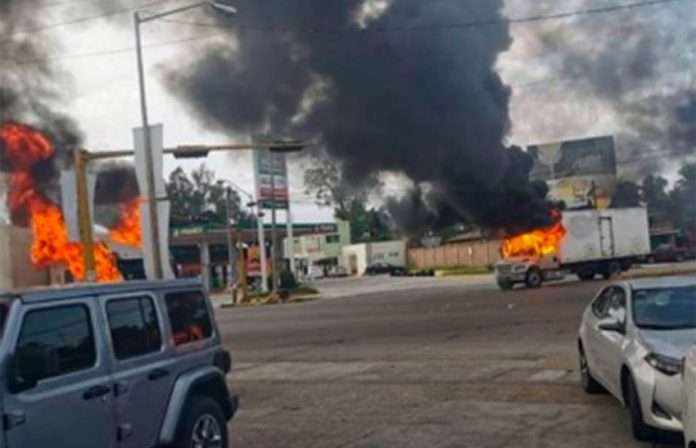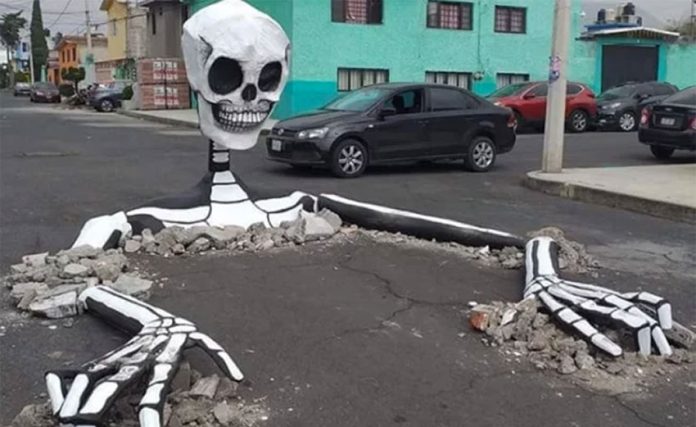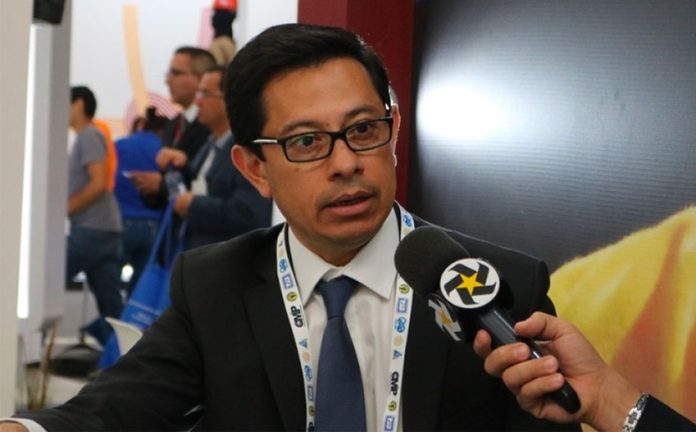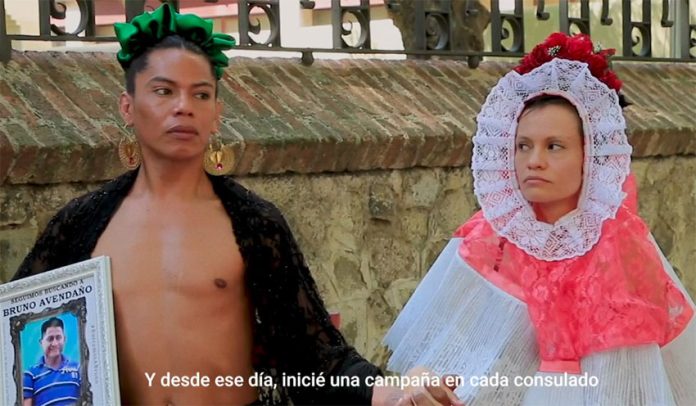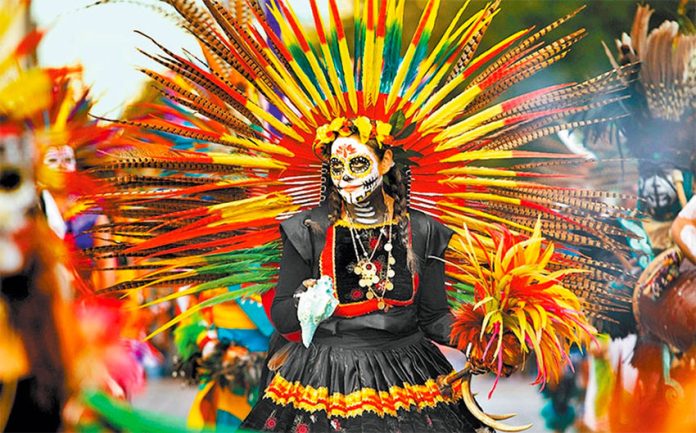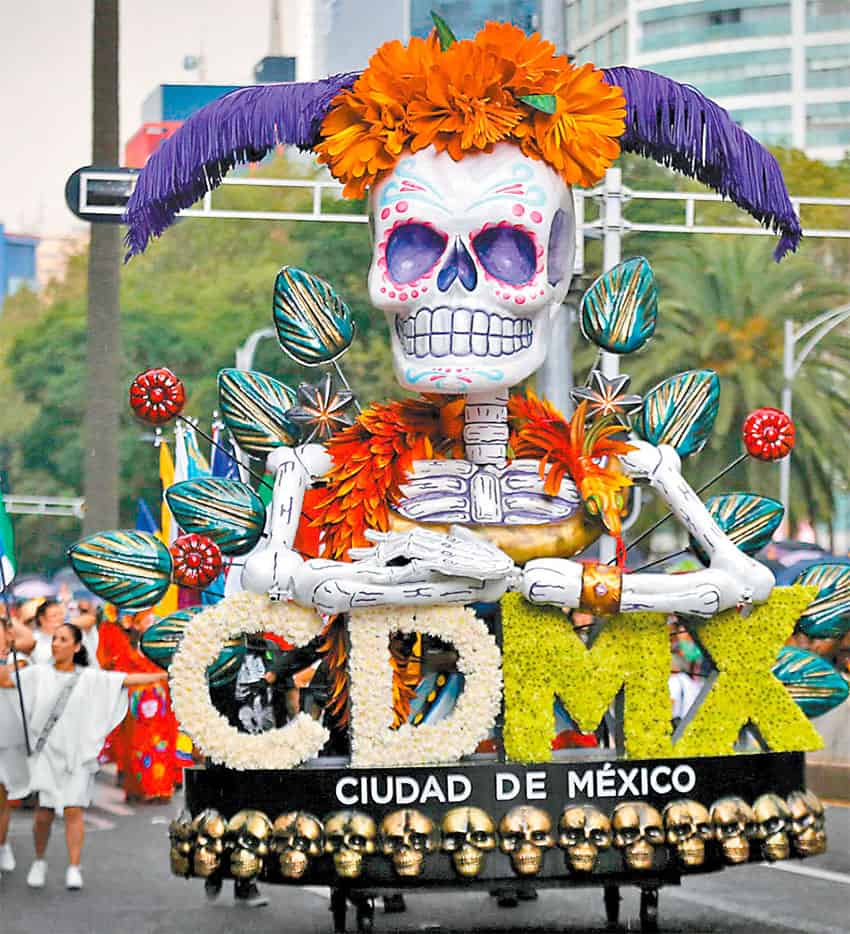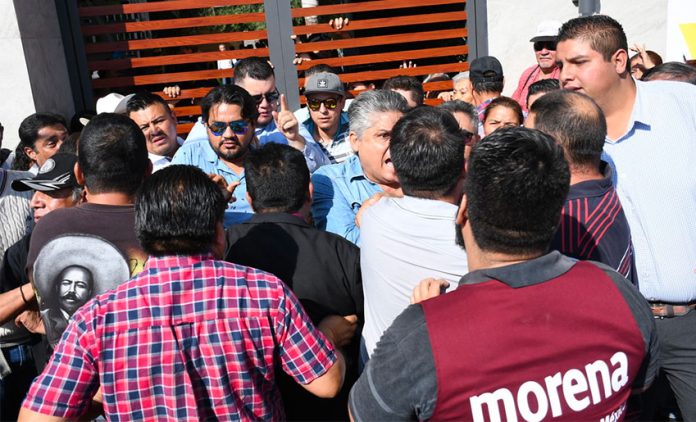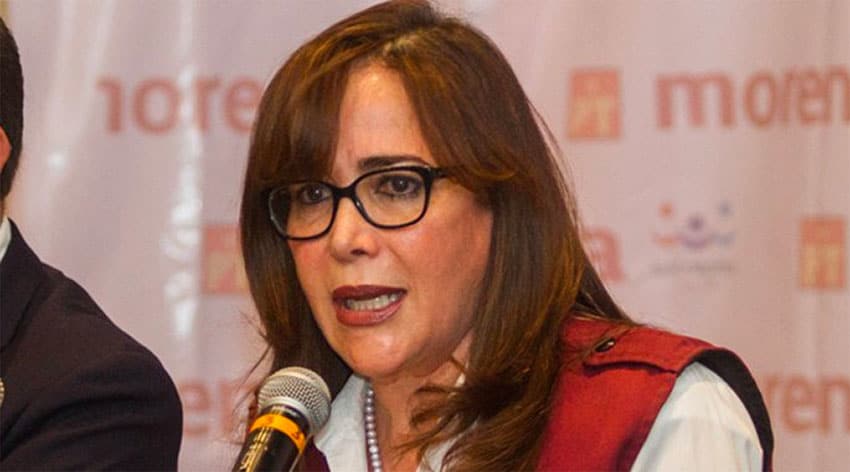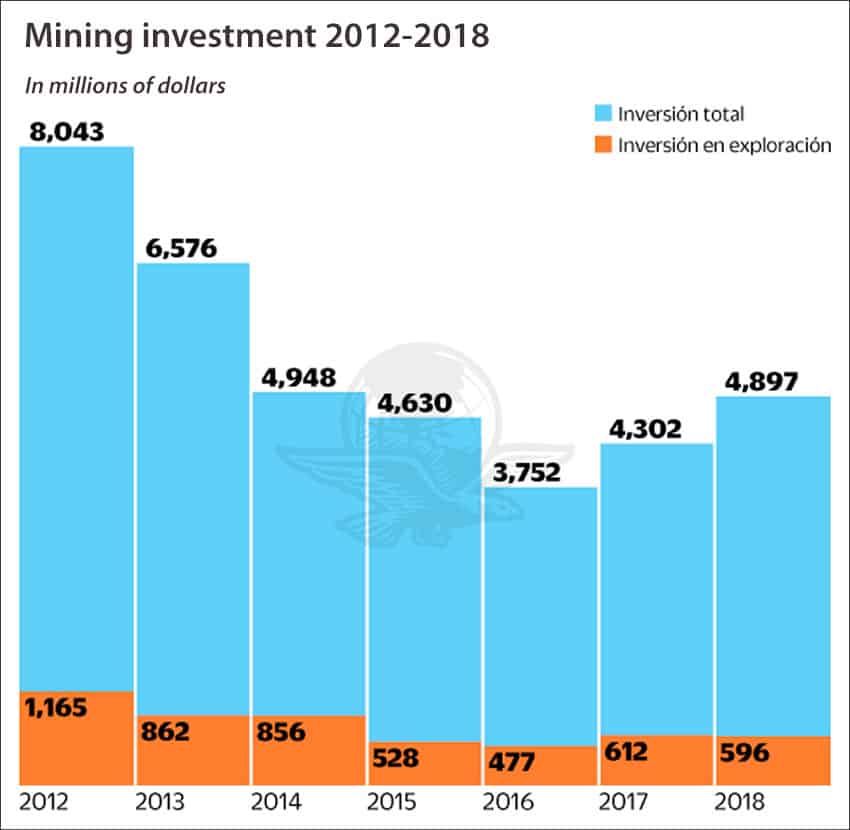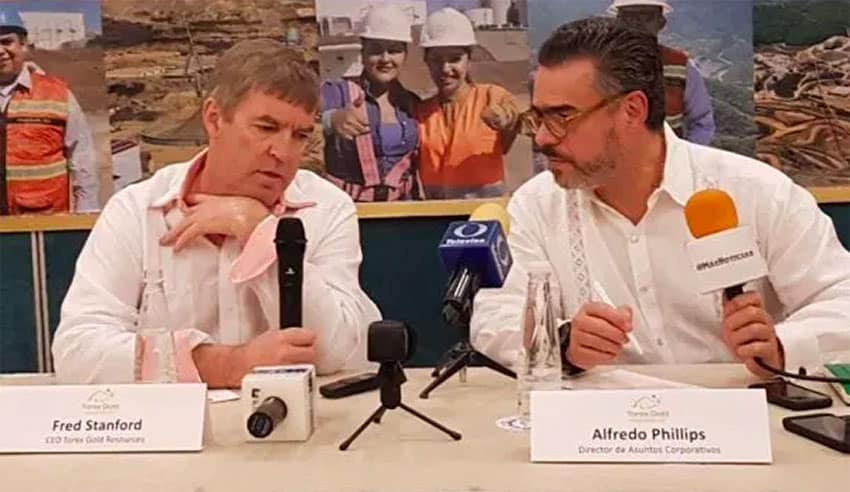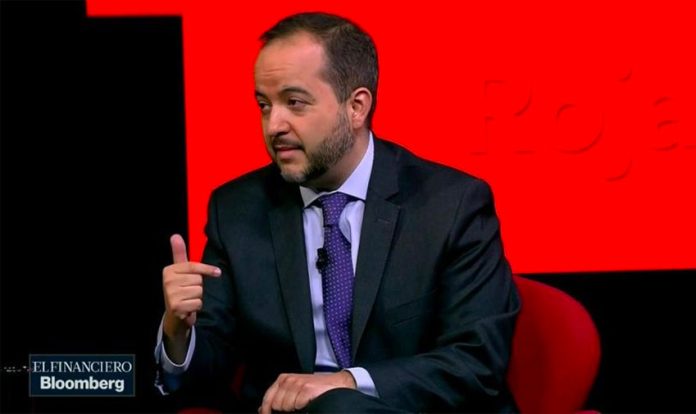The modern art era — 1860 to 1970 — was a time of revolution, growth and intense political upheaval in Mexico.
While chaos of post-independence and then post-revolution societies created inequality, instability and deep scars on the nation, it was also a time of passion ignited by politics, flourishing of social and artistic movements and an artistic effervescence that demonstrated a hunger for expression and faith in the future of the nation.
“I think we can consider the modern art era in Mexico as consisting of work created between two periods when art was being used to build new nationalism — after Independence (1810) and after Revolution (1910),” says local art buff and guide Natalia Zerbato.
“This period can be thought of as ‘ending’ around 1968 with the students’ movement and the changes brought on by neoliberalism. Art became more political and much closer to what we consider contemporary art,” she says.
Zerbato believes that so many things happened during this period that even though muralism was the most famous form to come out of the era, the artists that Mexico now considers central to the national heritage are all from the 20th century, proving that this period was the most important.
“These are now the artists seen as examples of Mexican art outside Mexico,” she says.
With few tours or books dedicated to modern art in Mexico in general — as opposed to muralists specifically — modern art junkies might be at a loss to know where to see more than just murals in Mexico City.
To get your fix and see the wide spectrum of art from the era, here are a few places and resources you shouldn’t miss.
Architecture
An indispensable resource for discovering architectural gems of the city is the Mexico City Architecture Guide, which breaks the city down by sections and gives short snippets about some of Mexico City’s most iconic buildings.
To focus on the modern art movement post-1900, don’t miss architect Luis Barragan’s more famous constructions — his studio and house, the Iglesia de la Santa Cruz del Pedregal and Convento de las Capuchinas.
Worth a look is painter and architect Juan O’Gorman’s Frontón Mexico next to the Monument to the Revolution — another architectural jewel of the era.
O’Gorman also designed a handful of buildings that you might also consider visiting — the Museo Anahuacalli and the Museo Estudio Diego Rivera y Frida Kahlo.
Architect Mario Pani has a large collection of work still visible in Mexico City. He designed several housing developments exemplary of this era, as well as the iconic Conservatorio Nacional de Música (National Music Conservatory) in Polanco.
For a more aimless search, just wander the neighborhoods of Roma and Condesa for their incredible art nouveau and art deco homes from architects such as Ernesto Buenrostro and Francisco Serrano.
Or take a stroll down Reforma avenue, originally designed and built by Maximiliano I and expanded and shaped by francophile president Porfirio Díaz at the turn of the century.
Colonia Juárez, between the historic center and Roma/Condesa, was developed around the end of the 19th century and is another place to gawk at Porfirio-era styles. A stop by the Bellas Artes and the Palacio de Correos downtown is also a must.
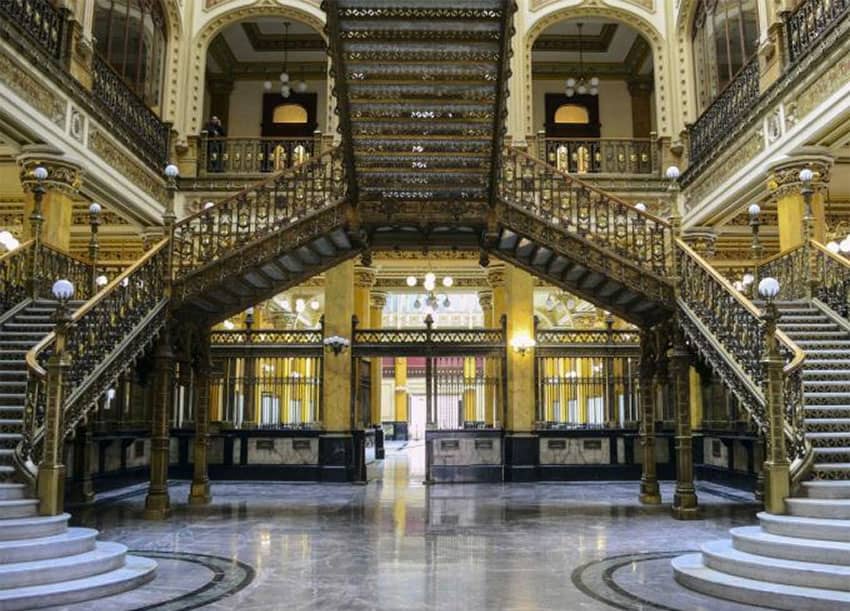
Visual arts
Much of our memory of Mexico’s modern period is dominated by some of the country’s biggest names in art — Diego Rivera, José Clemente Orozco, David Alfaro Siqueiros, Rufino Tamayo and Frida Kahlo.
The muralists were invited by Mexico’s post-revolution government to paint public spaces and teach the history of the country through art. Lesser known pieces — before they were household names — can be viewed in the collection of the Museo Nacional de Arte.
For some of Rivera’s cubist pieces check out the Dolores Olmedo Museum, the permanent collection of the Tamayo Museum and rotating exhibits of the Museum of Modern Art (MAM) in Chapultepec Park.
Opened in 1964, the MAM building — designed by Pedro Ramírez Vázquez and Carlos A. Cazares Salcido — is reason enough itself to visit, but there are also the wide-ranging permanent collection and well-curated temporary shows.
MAM has the biggest collection in the world of Remedios Varo, the famous Spanish surrealist that made Mexico her home in the 1940s, as well as other surrealists that were her contemporaries such as Leonora Carrington, another refugee turned Mexican daughter.
The Galería de Arte Mexicano just hosted an exhibit of work by famous Oaxacan artist Francisco Toledo and the Museo de Arte Carrillo Gil has several pieces of Leopoldo Méndez in its collection.
Méndez is often considered the modern successor of José Guadalupe Posada, engraver of Mexico’s famous Catrina La Calavera Garbancera, one of the country’s greatest artistic treasures. Many of Posada’s pieces can be seen at the El Museo Nacional de la Estampa (the National Stamp Museum) in the historic center.
The work of modern era photographers can be more difficult to locate. Your best bets are temporary MAM exhibits or chance retrospectives. Look for Manuel Álvarez Bravo and his wife, Lola Álvarez Bravo, Nacho López, Héctor García and some of the more famous photographer transplants such as Tina Modotti, Edward Weston and Kati Horna.
If you would rather not go it alone, Zerbato offers a Frida and Diego Art Tour through Context Travel as well as a version of the company’s Making of Mexico tour with a specific focus on art. She’s also happy to design private tours — contact her for details.
Lydia Carey is a freelance writer based in Mexico City and a frequent contributor to Mexico News Daily.

